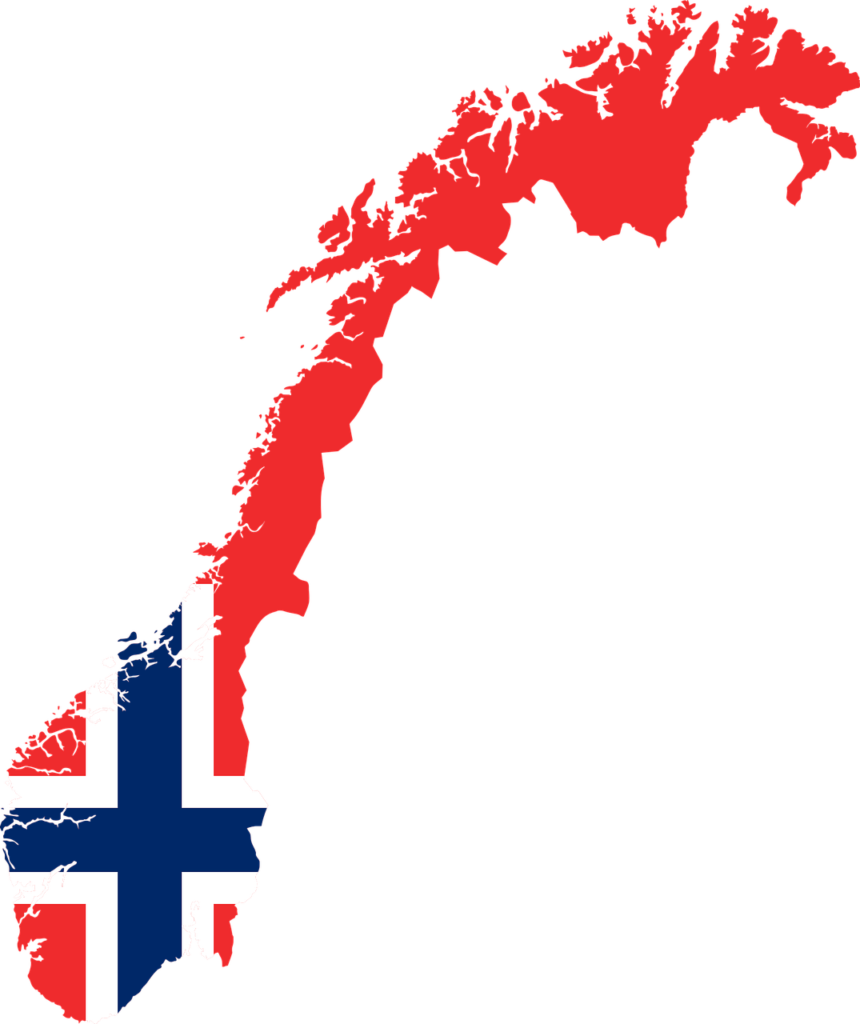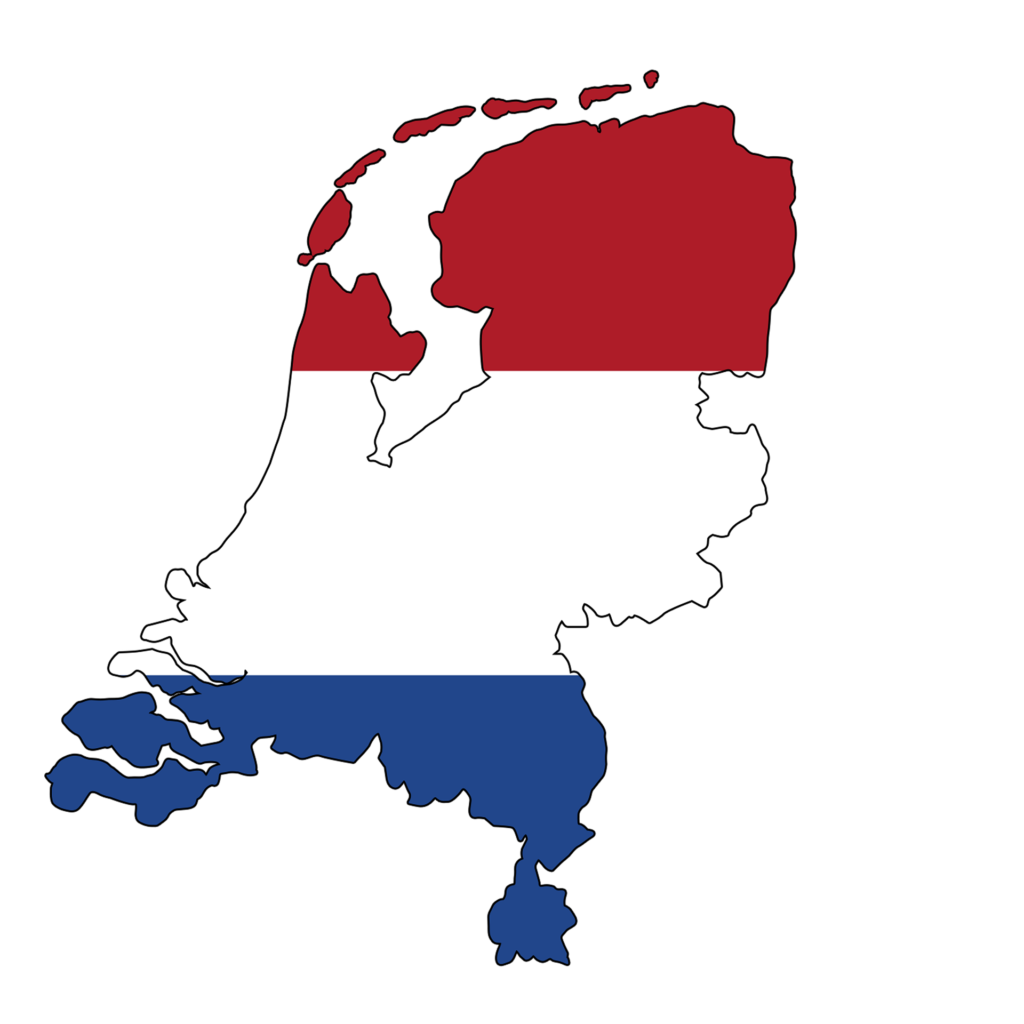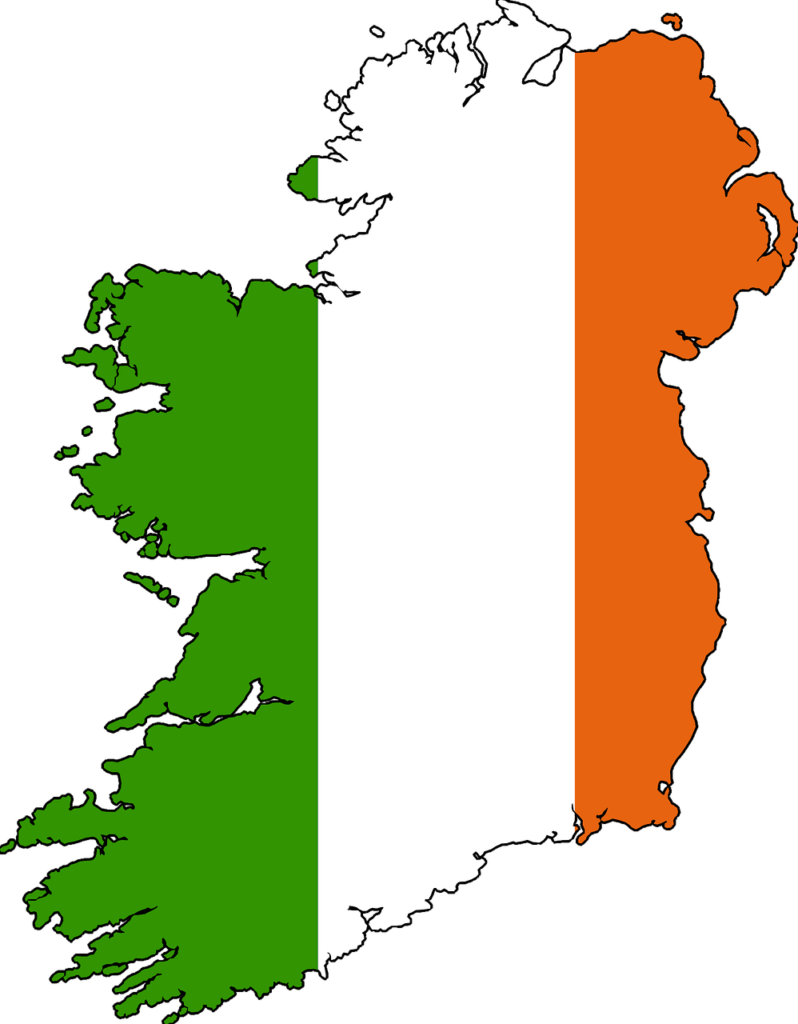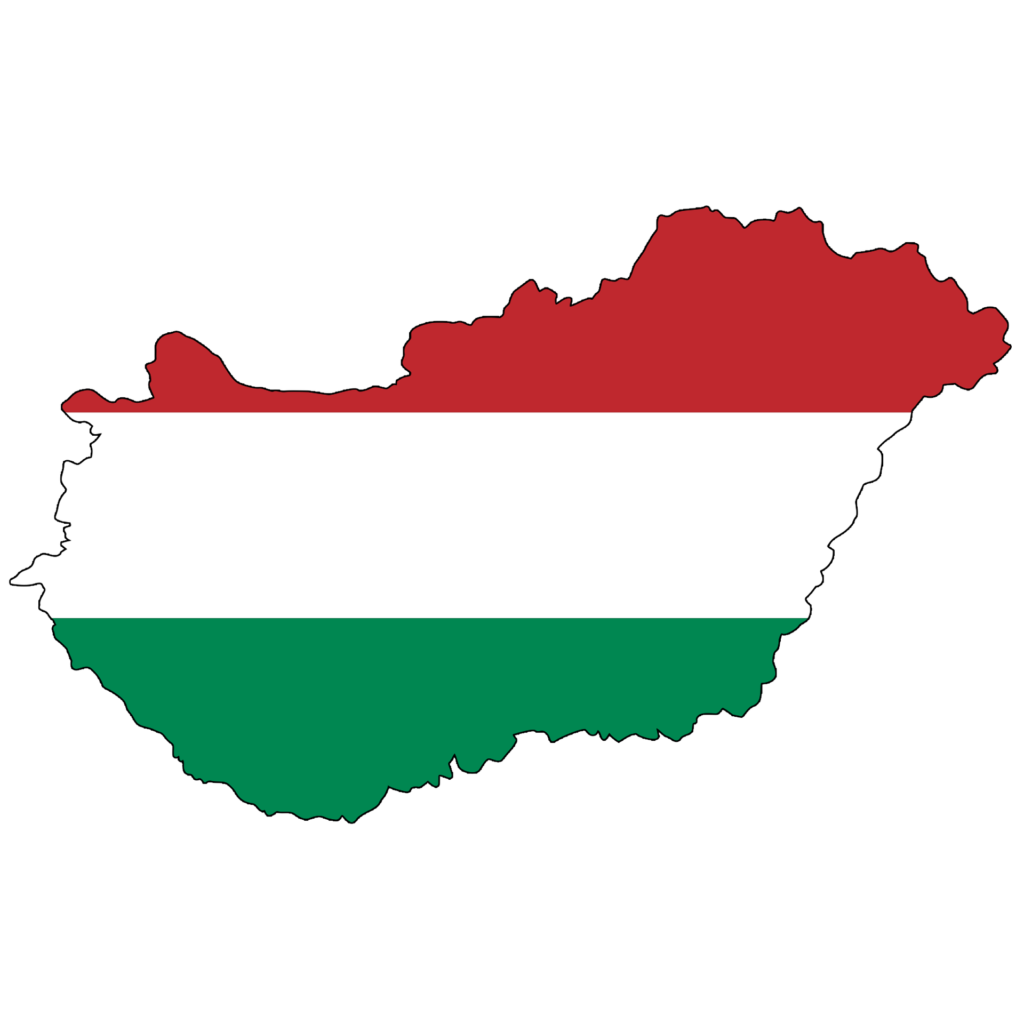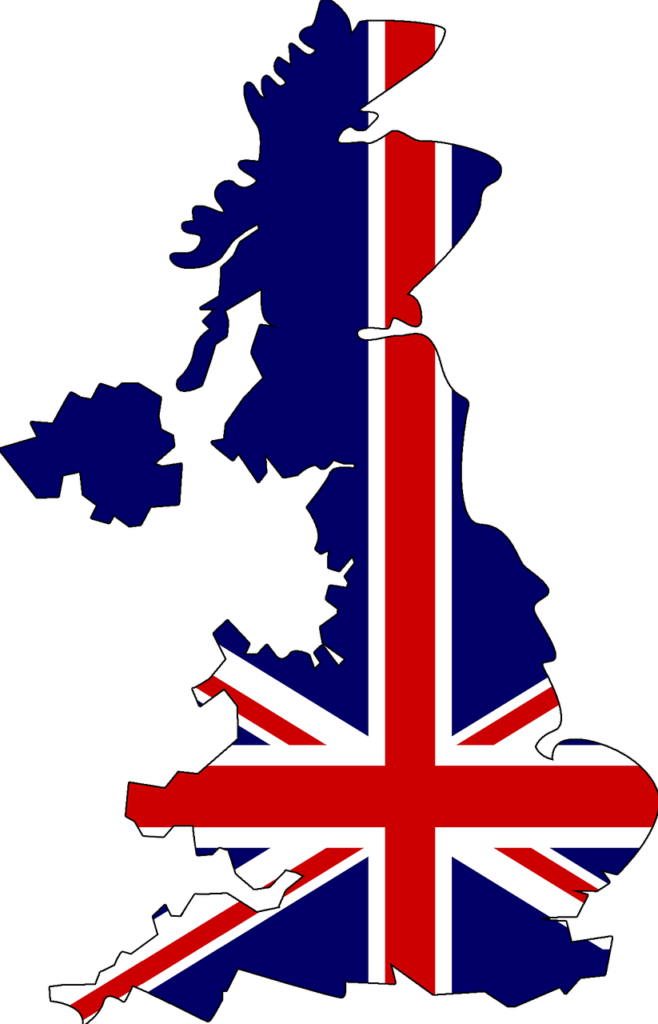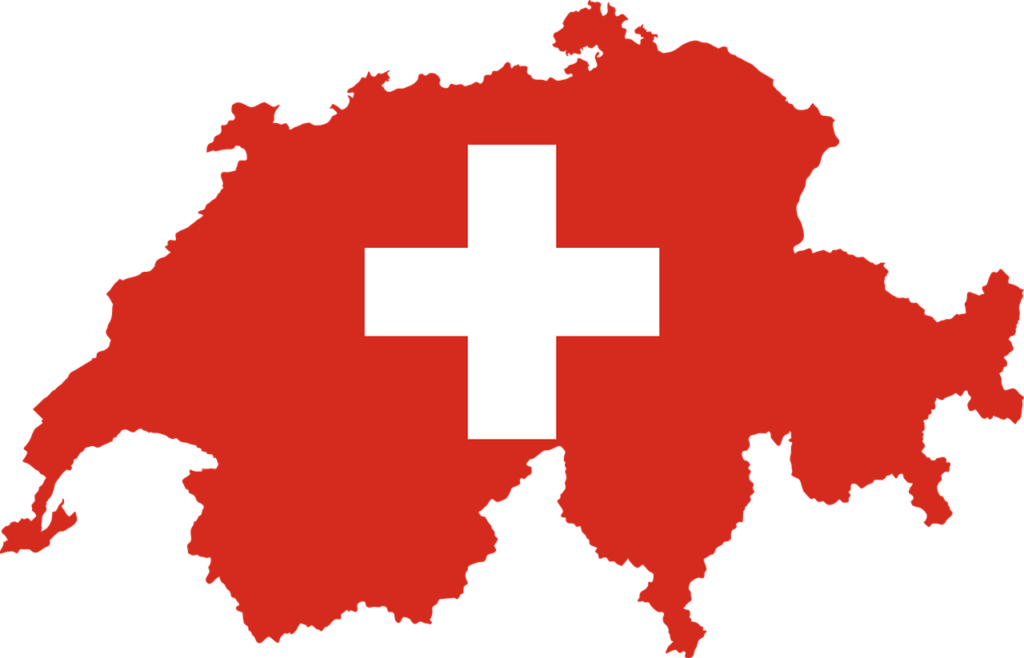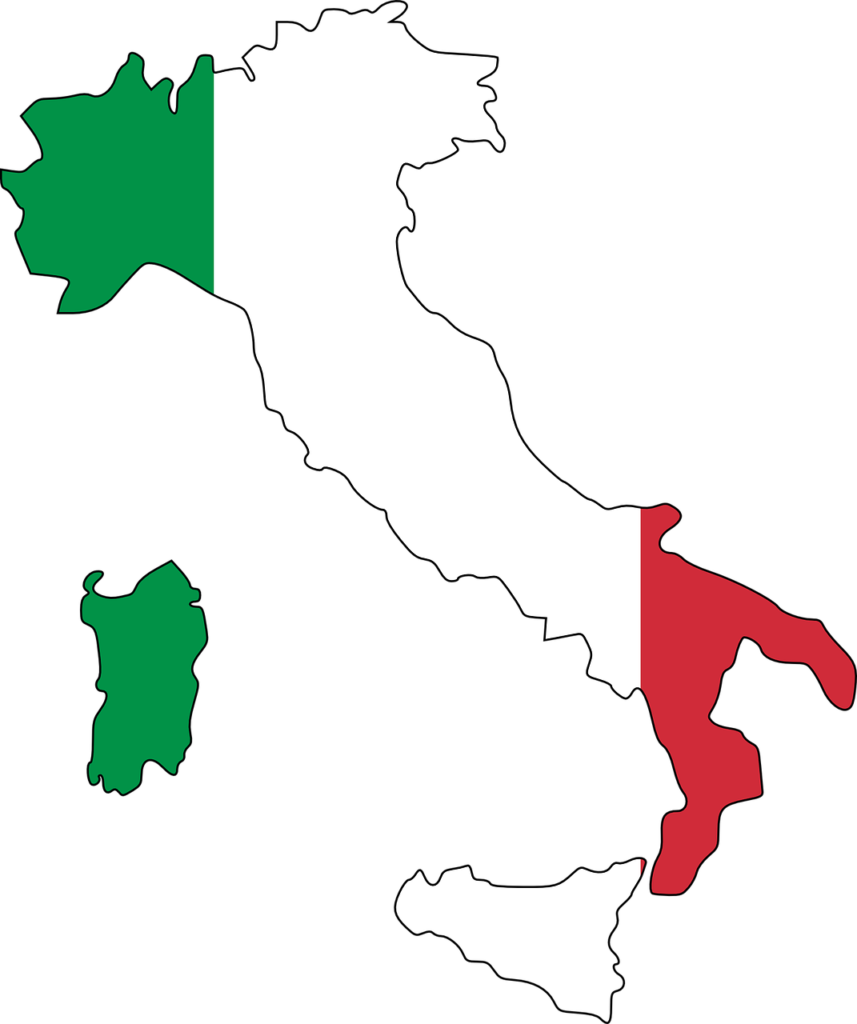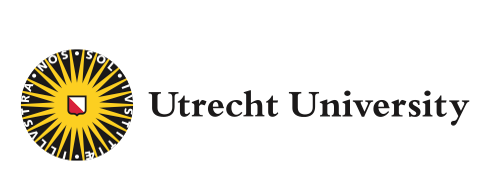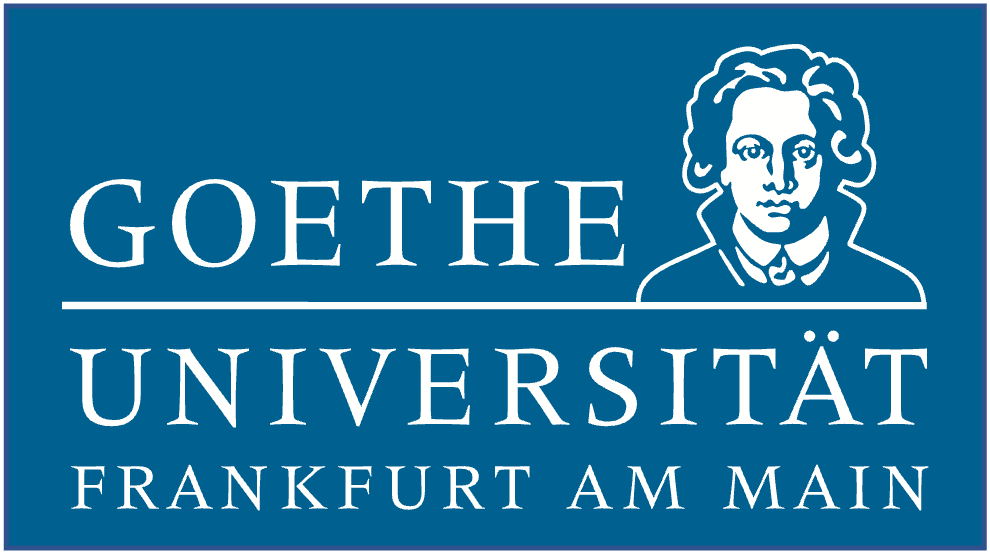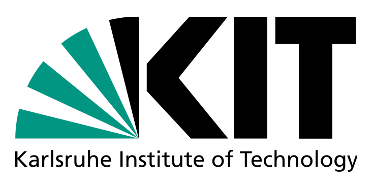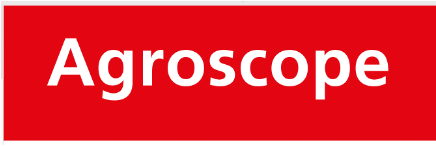The PARIS consortium consists of a team of 17 European universities and research institutes from 8 countries. The team members are international experts in atmospheric GHG and non-GHG climate forcer measurements, “bottom-up” emissions estimation, source attribution, soil biogeochemistry, atmospheric and inverse “top-down” modelling, uncertainty quantification and aerosol source apportionment.
Team members complement one another through shared data and modelling outputs and work closely for a particular country’s inventory and top-down estimation development.
Utrecht University (UU), overall lead and WP 4 lead, will perform, evaluate and interpret in situ methane isotope measurements at five European locations in PARIS. UU will oversee overall project management in WP 1. Two mobile instruments for high-precision isotope analysis of CH4 on ambient air are available for this purpose, complemented by a third instrument that can perform flask-based measurements in the UU laboratory. The infrastructure is embedded in a large atmospheric isotope laboratory at the Institute for Marine and Atmospheric Research Utrecht (IMAU) at Utrecht University with excellent technical support.
University of Bristol (UNIVBRIS), WP 6 lead, will contribute to dual methane isotopologue measurements, F-gas measurements from Cabauw flasks, and the inverse modelling for CH4, N2O, CO2, and F-gases in WP 3,4,5,6. UNIVBRIS houses a state-of-the-art atmospheric laboratory measuring greenhouse gases and ozone depleting substances and is a leading member of the Advanced Global Atmospheric Gases Experiment (AGAGE) contributing measurements of non-carbon dioxide gases to the global greenhouse gas community. UNIVBRIS runs the United Kingdom’s national greenhouse gas monitoring network, DECC (Deriving Emissions linked to Climate Change) funded by the UK government and will provide access to DECC sites for installation of methane isotopologue and APO measurements. UNIVBRIS has access to multiple high-performance computing (HPC) servers for simulation of NAME footprints and for the inverse modelling analyses in PARIS.
Wageningen University (WU) will perform inverse modelling of CO2 and APO data in WP 6. WU will also lead the reported emissions verification challenge activity and coordinate a protocol for the modelling exercise. WU has nearly two decades of experience in inverse modeling on global- and regional scale, and pioneered the Ensemble Kalman Filter technique for atmospheric CO2. This capacity has been used to simulate radiocarbon and APO on highresolution for Europe, to interpret measurements done in close collaboration with partner Groningen University (RUG). Infrastructure for observations and high resolution modelling in the Netherlands is consolidated through the national “Ruisdael Observatory for Atmospheric Science” which includes the Cabauw, Lutjewad, and Loobos towers, as well as our participation in the ICOS Carbon Portal.
Met Office (MO), WP 2 lead, will oversee the synthesis of all top-down results generated in PARIS for engagement with national inventory teams. MO will also provide inverse modelling outputs for F-gases (in WP 3), CH4 (in WP 4) and N2O (in WP5). MO currently conducts the top-down modelling for the UK DECC project and for the past 20 years, has annually written the Annex to the UK NIR. The MO will provide the computer resource and infrastructure to generate the required NAME footprint simulations required for this project. The MO also provide the global and high-resolution 3-D meteorological fields required for the NAME simulations.
Goethe University Frankfurt (GUF), WP 3 lead, will implement new continuous halocarbon and F-gas measurements at Taunus, Germany (TOB) using GC-MS instrumentation in WP 3. GUF will also deploy an automated sampler at Hegyhátsál station (co-operation with partner ATOMKI) for regular flask sampling. These samples will be analysed in the laboratory at GUF. GUF operates the Taunus Observatory (TOB) and within the frame of ACTRIS, the observatory is currently being upgraded to provide regular measurements of hydrocarbons using the Medusa GC/MS system as operated in the AGAGE network. These measurements will be extended to halocarbons in PARIS. GUF also houses a laboratory for halocarbon measurements, which includes an AGAGE Medusa GC-MS system and laboratory GC-MS to measure the Hegyhátsál flasks.
Norwegian Institute for Air Research (NILU) will collect flask samples from Birknes, Norway and measure these for F-gases in WP 3. NILU is a member of AGAGE and runs the AGAGE station at Zepplin. NILU houses an atmospheric laboratory with AGAGE Medusa GC-MS instrumentation for measuring F-gases and equipment for collecting flask samples.
University of Urbino Carlo Bo (UNIURB) will measure flasks from southern Italy on the Medusa GC-MS system at CMN in WP 3. In addition, UNIURB will perform the inverse BC flux estimates in WP 7. UNIURB is responsible for a long-term observation programme of F-gases and reactive gases within the AGAGE and ACTRIS networks, respectively and will provide access to instrumentation and sites for measurements in PARIS. In addition, UNIURB has access to the necessary high-performance computing servers to carry out the BC inverse modelling flux estimates.
Institute for Nuclear Research (ATOMKI) will contribute to collecting flask samples at Hegyhátsál (collaborationwith GUF) in WP 3, house a mobile GC-IRMS facility for measurement of methane isotopologues in WP 4, and willwork with MO and EMPA in developing inverse modelling capability for F-gas and CH4 emissions. ATOMKIbelongs to the Eötvös Loránd Research Network (ELKH) of Hungary. Researchers from two main sections ofATOMKI (Isotope Climatology and Environmental Research Centre [ICER] and International Radiocarbon AMSCompetence and Training Centre [INTERACT]) will be involved in PARIS. The infrastructure of the involvedgroups covers a wide range of trace gas/GHG analyses (several Picarro and Los Gatos CRDS spectrometers), stableisotope mass spectrometers (Thermo IRMSs for δD, δ13C, δ15N, δ18O, δ34S) and radiocarbon accelerator massspectrometer (EnvironMICADAS AMS). ATOMKI will also provide access to the Hegyhátsál tall-tower greenhousegas monitoring station (HUN), which becomes a Class 2 monitoring site of the ICOS atmospheric network in 2022.
University of Edinburgh (UEDIN) will work with UNIVBRIS in WP 4 to construct a second dual methane isotopologue instrument for in situ deployment at either SOAR or LUT. UEDIN will also extend methane δD and δ13C observations at HFD for the duration of the project. UEDIN collaborates very closely with the National Physical Laboratory (UK’s National Metrology Institute) in equipping and running the HFD observatory and specifically in observatory for atmospheric research, which will allow space for deployment of instrumentation under PARIS.
Deutscher Wetterdienst (DWD) will research how best to utilize high-quality emission verification to serve the national information needs of the society and governmental agencies of Germany. DWD is drawing on its expertise with high resolution regional modelling and data assimilation capacity using ICON-ART to perform inverse modelling analysis of F-gases (in WP 3) and CH4 (in WP 4) and provide forward modelling output of CO2 (in WP 6). DWD is responsible for meeting the meteorological requirements arising from all areas of economy and society in Germany. The findings of this work form the basis for political and business decision-making, contribute to improving preparedness for disasters related to weather and climate and help to provide sustainable support for disaster control. Access to infrastructure includes a redundantly installed HPC system (NEC SX Aurora Tsubasa and NEC Linux Cluster with joint batch system and global filesystems) which is used for the computationally intensive numerical modeling as well as for data processing.
Swiss Federal Laboratories for Materials Science and Technology (EMPA), WP 5 lead, will work on the inverse modelling of F-gases (in WP 3), CH4 (WP 4) and N2O (WP 5) based on its decades of experience with national emissions estimation. EMPA will also advance the reporting methodology of N2O in Switzerland to Tier 3 in collaboration with KIT and AGS. EMPA is a Swiss Federal research institute within the ETH domain. The Laboratory for Air Pollution/Environmental Technology focuses on the measurement & modelling of atmospheric trace constituents and their isotopic composition. EMPA is operating the Swiss National Air Pollution Monitoring Network (NABEL), is a World Calibration Center (WCC) of the Global Atmosphere Watch (GAW) program of WMO and is a partner of the AGAGE and ICOS-CH network. EMPA is co-founder of the Center for Climate Systems Modeling (C2SM) at ETH and has access to extensive IT infrastructure such as the Swiss Supercomputing Center CSCS and closely cooperates with the Swiss national weather service (MeteoSwiss) on atmospheric transport model development. On the national scale, EMPA provides inverse modelling estimates of non-CO2 GHGs to the National Inventory Report. EMPA has a unique infrastructure for online analysis of natural abundance isotopic composition in CO2, CH4 and N2O, including several automated preconcentration – laser spectrometers (TREX-QCLAS) and CRDS spectrometers, calibration gases covering delta scales and auxiliary devices for gas handling.
University of Groningen (RUG) will perform continuous high-precision observations of O2 at the ICOS tall-tower Cabauw in the Netherlands in WP 6. RUG has access to critical infrastructure in this project, in the form of their own O2-analyzing system that has successfully been deployed in the Netherlands, and in Hyytiala Finland previously. The capacity to maintain and operate such an instrument is unique in the Netherlands, and only a few labs in the world (including PARIS partner UEA) currently can contribute such measurements. RUG’s Centre for Isotope Research (CIO) is part of the international community working on APO, and also part of the Dutch Ruisdael infrastructure project. In addition, RUG runs its own ICOS level-2 site Lutjewad in the Netherlands (also part of Ruisdael), which can serve as a back-up for Cabauw.
University of East Anglia (UEA) will contribute to WP 6 of the project, delivering high-precision, high-frequency atmospheric APO and CO2 data from UK stations, and using APO to separate fossil fuel and terrestrial biospheric variations in CO2 at each site. UEA’s access to critical infrastructure includes: a) the Carbon Related Atmospheric Measurement (CRAM) Laboratory in the School of Environmental Sciences, which is the UK’s only laboratory with high-precision atmospheric O2 instrumentation and measurement expertise; b) the Cylinder Filling Facility (CFF), a purpose-built facility for the preparation of reference and calibration cylinders required to make high-precision atmospheric O2 and greenhouse gas measurements; c) the Weybourne Atmospheric Observatory, operated by UEA, which is home to Europe’s longest-running continuous atmospheric O2 and CO2 records (12 years), and is also an NCAS (UK National Centre for Atmospheric Science) Atmospheric Measurement and Observation Facility, WMOGAW (World Meteorological Organization, Global Atmosphere Watch) Regional station, and a European ICOS (Integrated Carbon Observing System) station.
National University of Ireland Galway (NUIG), WP 7 lead, will provide organic matter aerosol (OM) measurements from Dublin using a near-real time aerosol mass spectrometer (AMS) as well as perform the source apportionment of OM from five European sites in WP 7. NUIG operates the AC3 (Atmospheric Chemistry and Climate Change) monitoring network, which is a network of operational measurements of GHGs (CO2 and CH4), short-lived climate forcers (Black Carbon, Ozone, PM)) and ancillary measurements to underpin Irelands GHG emission verification process. Since 2016, NUI Galway has been developing StreamAIR – an operational real time forecasting app run with WRF-Chem which combines real-time advanced measurements with model-forecasts with capacity for modelling products of speciated components. Access to Mace Head Research facility as well as other Irish AC3 network sites, measurements and modelling capacity will be provided to this project via NUIG’s key role in the establishment and operations of these networks and facilities. In addition, NUIG possess access to highperformance computing infrastructure to enable high-resolution WRF-Chem simulations for five European sites.
Karlsruhe Institute of Technology (KIT) will contribute new developments to the state-of-the-art model LandscapeDNDC using algorithms calculating the isotopic compositions of all relevant N cycle species to constrain biogeochemical processes in WP 5. These processes will be calibrated against new in situ isotopic data. (KIT) is a globally leading technological research institute and part of the Helmholtz Association, one of the most important German science organizations. The Institute of Meteorology and Climate Research, Atmospheric Environmental Research (IMK-IFU) has a focus on biosphere-atmosphere interactions, with an outstanding tradition in Nitrogen cycle as well as GHG research. The division “Terrestrial Bio-Geo-Chemistry” (TBGC) of IMK-IFU has been intensively working on the quantification of N balances and N2O emissions from agricultural and livestock systems with field and modelling studies being the instruments of choice. TBGC actively develops the biogeochemical model LandscapeDNDC (Haas et al. 2012) and the isotope model SIMONE (Denk et al. 2019), owns automatic GHG measuring infrastructure, and holds a state-of-the-art stable isotope laboratory that enable the foreseen modelling work, provisioning of a chamber system, and determination of water isotopic composition.
Ökorecherche (ORB) will provide regionally resolved (sub-national) bottom-up emission estimates for F-gases and expertise on local emission hot-spots of F-gases across Europe in WP 3. ORB is an independent environmental research institution and consultancy located in Frankfurt/Main, Germany. Since its foundation in 1995, Öko-Recherche has been working on issues related to environmental protection, chemical safety and climate protection at national as well as international level. Ökorecherche specializes in in bottom-up emission scenarios for fluorochlorinated and fluorinated substances and their applications and replacement.
Agroscope (AGS) will provide model inputs and N2O simulations using the DayCent model, calibrated for Swiss croplands, in WP 5. AGS will intercompare DayCent, isotopically-tuned LandscapeDNDC outputs and Tier 1 and 2 methods to further develop agricultural N2O reporting in Swizterland’s national inventory. AGS is the Swiss centre of excellence for agricultural research and is affiliated with the Federal Office for Agriculture (FOAG). Agroscope is responsible for the Agricultural sector of the Swiss national inventory reporting and contributes to the sector landuse, land-use change and forestry (LULUCF). AGS will provide access to national input data, servers for DayCent simulations and contacts with the national inventory team of Switzerland.



